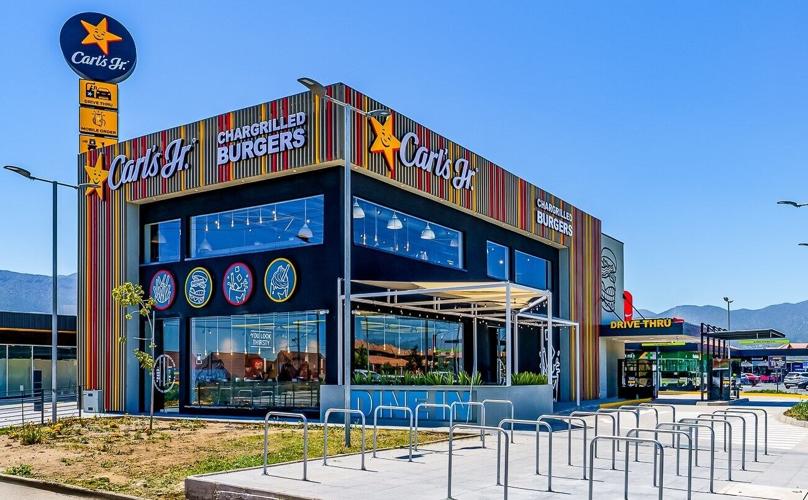Nearly 70 percent of quick-service restaurant sales nationwide take place in drive-thrus, and thanks to new technology, marketers see a way to connect with customers like never before.
That was the conclusion in a report released by the Chief Marketing Officer Council, an organization representing more than 16,000 marketing leaders worldwide. The CMO Council found by incorporating personalization-focused artificial intelligence software, restaurants can have a greater chance of marketing in the moment.
Donovan Neale-May, CMO Council executive director, said the organization produces analysis based on what it sees across the multiple industries it represents that have digital transformation taking place. In this case, Neale-May said it created the recent report because of the build-up in technology in the QSR space, and what is still needed for marketers to succeed.
“There’s a large expenditure put into media and brand advertising by the QSRs, but not as much emphasis and focus on how technology can address real deficiencies that they have when it comes to customer intimacy, personalization and individualization,” Neale-May said. “With this technology, they can improve the convenience, speed and gratification of a customer’s visit, all while having suggestive marketing at the time of transaction.”

CMO Council Executive Director Donovan Neale-May
The report found that personalized customer insight is still lacking in drive-thrus, a problem and opportunity as the research also found 70 percent of consumers indicated they’re more likely to purchase from a brand that personalizes the experience. The technology at play mixes automation with identity recognition, providing immediate customer data.
Partnering with the CMO Council on the report was technology company uKnomi. Co-founded by CEO Johann Van Der Westhuizen, uKnomi’s technology is able to create an anonymous customer profile based on what’s visually identifiable with AI cameras and device recognition.
“We can start to understand the profiles and behaviors of certain customers that go through the drive-thru,” Westhuizen said. “The big part of this is the ability to recognize your customers, know what they order, how frequently they like, what they don’t like, how they behave with promotion items, and build intelligence around that.”
One company leveraging such technology is CKE Restaurants, parent of Hardee’s and Carl’s Jr., which has boosted revenue by 20 percent and received an 88 percent upsell offer rate.
“It gives a new set of data not available to QSRs in the past,” Westhuizen said. “The brands can apply that information in the moment to enable the QSR staff to make a better connection with the guest in the drive-thru. The profiles the AI can create can help make a better interaction, which can lead to rewarding customers without having them sign up for an app or loyalty program.”
“It’s the whole notion of suggestive marketing at the time of transaction,” Neale-May said. “The benefit to the operator to actually increase that incremental revenue to the investment they’re making. The idea here is you can invest in this because you’re going to see payback. You can upsell, cross-sell and promote items that have higher margins and value. That’s done automatically, and it requires less training for the staff.”

uKnomi co-founder and CEO Johann Van Der Westhuizen
The personalized experience can be taken a step further, too, with a digital choice for customers.
“We also have an option for guests to opt-in to a personalized VIP service where we can get their phone number and name, and that whole process can become hyper-personalized,” Westhuizen said. “We can know the customers coming into the drive-thru, facilitate their orders, greet them by name, complete their purchase without them pulling out their credit card, and speeding up the overall process.”
So far, Westhuizen said brands appear interested but cautious with the technology, but it will likely grow in short order.
“There’s going to be a try-before-you-buy approach with pilots to look over engagement,” Westhuizen said. “But there’s a justified buy when it comes to rollout. Brands that have tried it, they’ve seen what works and then they accelerate.”
“It’s marketing that should be taking the lead in the ownership of this,” Neale-May said. “Marketing is now able to give insight and intelligence in real time that was never available before. This is massive for marketing. It’s not just spinning money on advertising and promotion. We’re right in the operational epicenter now at the grassroots level.”
This article originally appeared in Franchise Times, a sister publication to Food On Demand.


